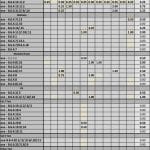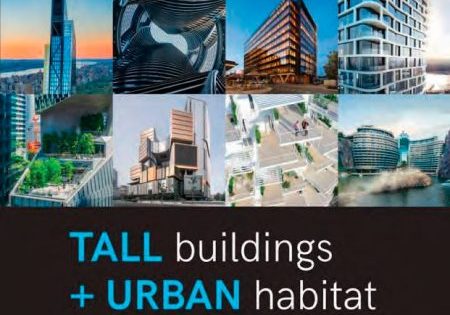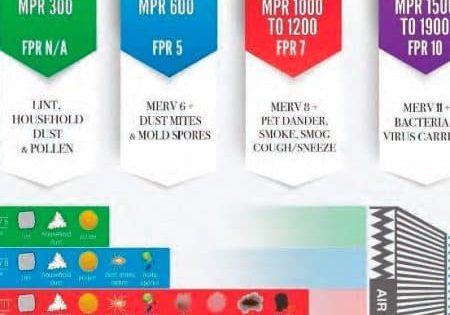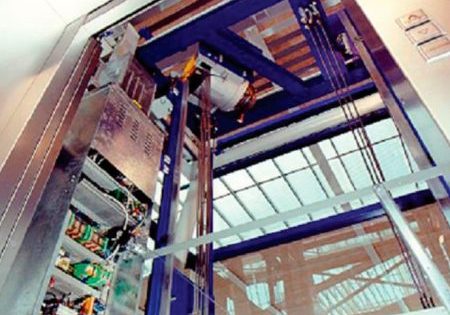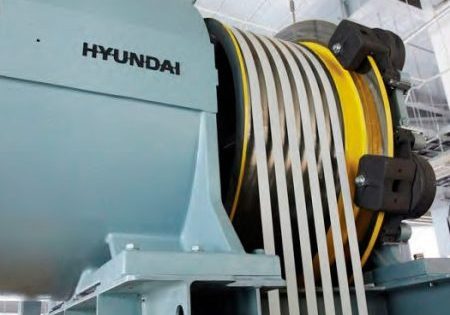The industry expectation of maintenance records and why they matter
by John W. Koshak
In the North American elevator industry, maintenance records are required by the ASME A17.1/CSA B44 Safety Code for Elevators and Escalators. The code is specific about the required information and where it must be available. Regarding call-backs, the record must describe the problem with the unit, the source from where it derived and a description of the corrective action to return the unit to service. The record must be detailed enough for elevator personnel to later understand what was malfunctioning and what was done to correct it. This article will elaborate upon the industry expectation and why it matters.
Evaluation
The health of vertical-transportation equipment is determined by examining the type and number of call-backs and by trained elevator professionals physically evaluating the unit. The importance of correct operation is crucial for hazard-free functioning. Critical systems, subsystems, functions and components must be maintained to ensure they do not fail and cause injuries to users and elevator personnel. Too often, failures leading to injuries and fatalities have occurred. These failures are almost always preceded by reports of misoperation that require a technician to examine and repair the unit; after time, the call-back history of a unit tells a story of the overall performance.
Call-backs are directly related to several factors: the unit’s condition, environment, usage and quality of maintenance performed on it. The code addresses condition, environment and usage by requiring maintenance to analyze the frequency that maintenance procedures must be performed. Generally, the less a unit is used, the less degradation it will have by usage. But, if the environment is salt air or very dirty, these factors must be considered, as degradation of components will accelerate due to the environment. Aging components will be prone to failure. Their quality is also a factor: are the components manufactured by a reliable company and designed to function for the intended lifespan of the unit?
The safety of the unit is directly proportional to the performance of the maintenance and frequency of visitation by the maintenance company. Monthly visits must be the rule; technicians must be at the unit to use all their senses and experience to determine if components are damaged or failing, then repair/replace them prior to degrading to the point of failure, when a hazard could occur. Components must also be seen to stop ongoing damage from continuing; for example, doors being hit, bending gibs, allowing the door panel to scrape the door return, destroying the door skin and degrading the gibs further to less than their designed strength. Bent gibs take the unit out of compliance and must be replaced.
Maintenance in the code is defined as a process of routine examination, lubrication, cleaning and adjustment of parts, components, and/or subsystems for the purpose of ensuring performance in accordance with the applicable code requirements. The code does not say failure is allowed to exist for months; rather, repair and replacement are required to bring the unit into compliance.
The fallacy that less-than-monthly maintenance is adequate is displayed in Figure 1, which is an actual OEM maintenance control program (MCP) schedule record. In charting the previous year of the maintenance records, the 61 call-backs with 179.5 hr stand out significantly. There is no excuse for this gross amount of call-backs for one unit. While this is a bad record, your author has seen worse. It can be assumed that the equipment is either beyond the capability of the mechanic, was overlooked by the supervisor of the mechanic or indicates an identifiable lack of maintenance. The result of this record was an injury incident. There is simply no excuse for preventable injury.
An empty pink square indicates an assigned maintenance task or category test not performed by the mechanic. The “xx” in column 1 is the OEM’s coded procedure; the procedure is defined on a secondary document identifying the code requirement it is intended to satisfy. It does not clearly identify the specific procedures, and the process does not notify the mechanic or customer when a task is not completed at month’s end.
The missing maintenance becomes obvious when compared to a chart of the code-required tasks, with the intervals between the tasks analyzed and a chart generated. Figure 2 shows a schedule of the same elevator, considering the code-required analysis of the age, condition, accumulated wear, design and inherent quality, usage, environmental conditions and improved technology. It also considers the number of entrances and door panels, separating the egress (high-use) landing entrance equipment, versus the non-egress (all other) landings, time needed to lubricate rails based on height, etc. The numbers represent an estimate of the time to perform the associated task.
Call-backs can be the result of misuse and vandalism. They can be nuisance calls that are “running on arrival” that must be stripped from the data when evaluating true equipment failures. However, elevators with equipment problems often evoke user destruction because of frustration with their misoperation, so a percentage of high misuse should be attributed to overall poor elevator operation when evaluating the call-back records.
When a complete maintenance system is provided and performed, the average call-backs on a population of 600 units declined from 6.3 call-backs per unit per year to 2.5 call-backs per unit per year. Call-back rates have been studied by many people: Ron Schloss writes in “What Callbacks Cost” (ELEVATOR WORLD, April 1997) that the following rate of call-backs from the mean time between call-backs (the corollary of call-backs per unit per year) was achievable with adequately designed and maintained equipment:
- Escalators: two per year
- Hydraulic elevators: three per year
- Traction elevators four per year
Records must be reviewed to maintain visibility of the effectiveness of the maintenance provided. Records must be clear and usable for the next mechanic or the next maintenance company. Furthermore, the code requires they be kept for five years. Owners should demand these records from maintenance companies to maintain transparency and protect these valuable assets. With good shepherding, owners can maximize the life of the equipment, reduce downtime and eliminate injury incidents.
Conclusion
Incidents occur when the equipment is failing or has failed and is usually indicated by a high number of call-backs. When four or more call-backs occur to a unit in a year, company management must step in to determine why the problems are not being adequately corrected. Owners should ask for call-back records by any bidding company on similar equipment when making a choice of maintenance companies. Training of mechanics on the technology, monthly maintenance visitation and assurance that all the maintenance tasks are completed are essential to reduce call-backs and their associated hazards. Documentation must be clear and adequate so the next mechanic who works on the equipment can fully understand what was done to provide the most efficient use of their time. This is achievable and must be demanded by owners.
- Figure 1: An actual OEM MCP schedule record
- Figure 2: Code-compliant MCP schedule record
Get more of Elevator World. Sign up for our free e-newsletter.
